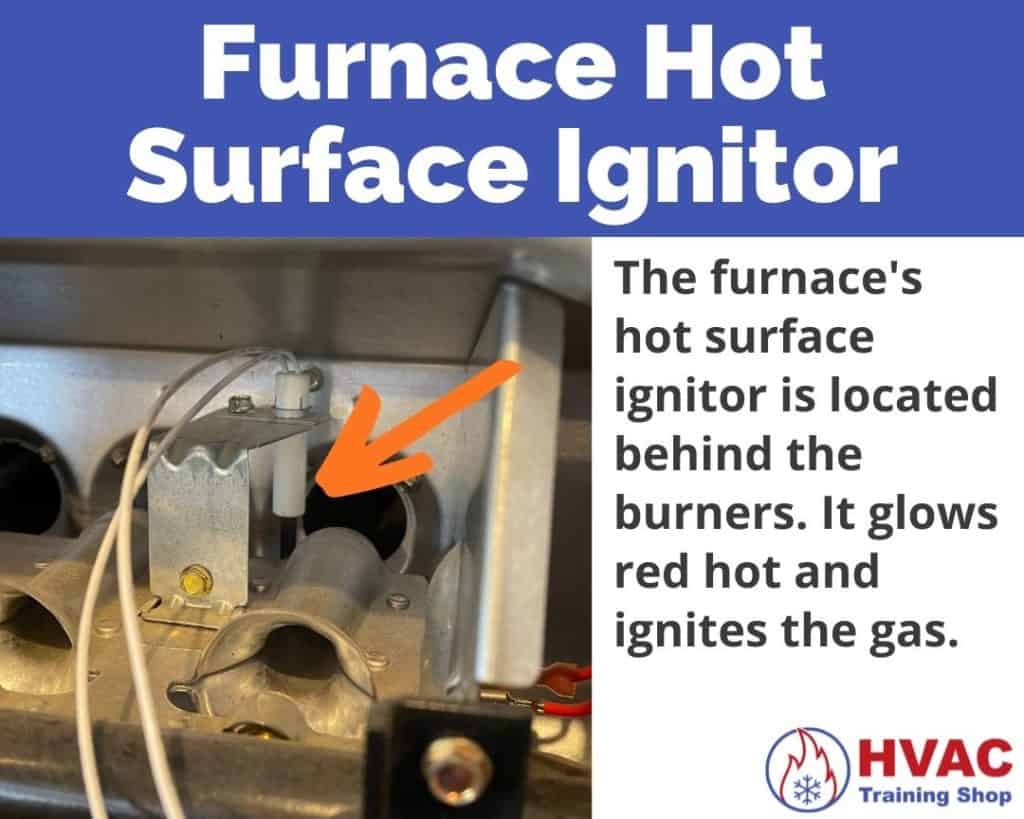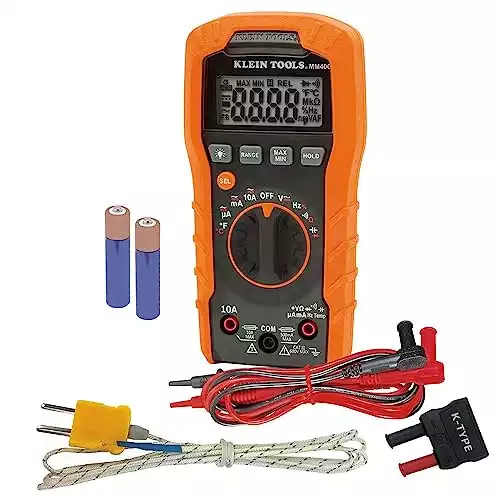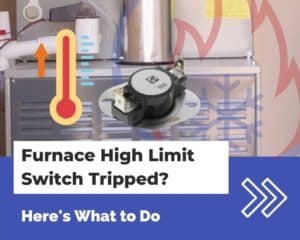HVAC Training Shop is reader-supported. As an Amazon Associate, I earn from qualifying purchases.
If you see that your furnace is not running at all, then there is a good chance that it is the ignitor.
Why does the ignitor shut the whole furnace down? For one reason: safety.
If your furnace has a bad ignitor, it won’t be able to burn gas and create heat.
The furnace shuts down completely in order to prevent unburned gas from leaking everywhere.
How do you know if your furnace has a bad ignitor? Follow these steps:
1. Set thermostat to call for heat
Set your thermostat to a temperature that is above the current temperature reading.
For example, if your home is 70°F, then set your thermostat to 75°F.
Also make sure that your thermostat is in “heat” mode or “auto” mode.
2. Check if inducer fan starts
The inducer fan is the first thing to turn on when a furnace starts up.
The inducer fan is typically located near the top of the furnace. It’s purpose is to induce a draft through the heat exchanger and blow out any dangerous combustion gases.
If the inducer fan doesn’t start, it can be due to one of a few reasons:
- Thermostat is not calling for a heating signal (could be a broken thermostat)
- Inducer fan motor is bad
- No power to furnace
- Control board is not turning on inducer motor (could be a bad control board)
3. Check if ignitor turns on
Most furnaces today have a hot surface ignitor. You’ll be able to tell if a hot surface ignitor is working because it will glow bright orange.

There are also a few other types of ignitors, mostly in older furnaces.
If your ignitor doesn’t turn on, then it can be due to one of a few reasons:
- Not enough airflow from the inducer. Possibly due to blockage in the flue pipe (rodents and birds love to nest in there).
- Pressure switch is bad. The pressure switch is used to confirm that there is airflow from the inducer. The pressure switch needs to trigger first for the ignitor to start.
- No power to ignitor. The control board is responsible for turning on the ignitor, so make sure the control board is giving power to the ignitor.
How to test a hot surface ignitor to see if it is bad
If you see that your hot surface ignitor is not turning on, take a resistance reading on the ignitor.
First, open up your furnace so you can access the ignitor. The ignitor is located behind the burner assembly.
Next, use a multimeter to probe the ignitor connector. Turn your multimeter to the resistance (Ω) setting.
The ignitor connector should have two prongs inside of it. Touch each multimeter lead to one of the prongs.
A hot surface ignitor will usually read somewhere around 40-100 ohms, depending on the type. Sometimes, it will read up to 200 ohms or more. But if it reads much higher than that, there’s a good chance that it’s going bad (or already is bad).
This Klein Tools multimeter has a rugged rubber grip for maximum durability- no need to worry about it breaking.
How to check for power at the furnace ignitor
In the USA, your furnace’s ignitor will be powered by 120 volts AC when it needs to turn on.
You need a multimeter to test if your ignitor is getting power.
First, open up your furnace so you can access the ignitor. The ignitor is located behind the burner assembly.
Next, disconnect the ignitor wires from the furnace.
Go to your thermostat and make sure that the thermostat is in “heating” or “auto” mode. Adjust the thermostat’s temperature set point so that it calls for heating.
Go back to your furnace and use your multimeter to check for voltage at the wire that you disconnected from the ignitor.
Turn your multimeter to the AC Voltage (V~) setting.
The wires that you need to check are the ones that are coming from the furnace’s control board.
The ignitor wire connector will have two prongs inside of it. Touch each multimeter lead to one of the prongs.
After the inducer fan starts, you should read around 120 volts AC at the wires connected to your multimeter.
If you don’t read any voltage at the wires, it could be due to one of the reasons that I discussed above.
How to replace a furnace ignitor
To replace a furnace ignitor, you first need to shut off power to your furnace. Next, open up the burner compartment on the furnace. The ignitor will be in front of one of the burners, deep inside the furnace.
Next, disconnect the ignitor from the power wires.
On most furnaces, there will be a few screws that you need to remove to take out the ignitor. Remove the screws and take out the ignitor.
After you get the old ignitor out, get the new ignitor and install it in place of the old one. Be careful not to touch the ceramic heating element on the new ignitor. The oils from your hand will cause the ignitor to burn hotter in the area that you touch it, causing premature failure.
Reconnect the wires to the ignitor, close up the furnace panels and turn the power back on.
Test the ignitor by putting your thermostat in heating mode and see if it lights a flame.
The four different types of ignitors
There are four different types of ignitors:
- Standing pilot ignitors
- Direct spark ignitors
- Intermittent pilot ignitors
- Hot surface ignitors
Standing pilot ignitors use a small flame to light the gas coming out of the burners.
In older furnaces, the small flame or “pilot light” always stays lit.
Some standing pilot ignitors have built-in mechanisms that allow you to light them with the furnace. Other times, you need to get a lighter or a match to light the pilot.
Direct spark ignitors create an electrical spark that lights the gas burners.
When there is a call for heating, the gas valve opens and the direct spark ignitor creates a spark that ignites the gas to create a flame.
Direct spark ignitors wear out eventually. When your furnace starts up, you should be able to see or hear a spark from the ignitor. If you don’t see one, then the ignitor might be bad.
Intermittent pilot ignitors are a combination of standing pilot and direct spark ignitors. These types of ignitors use a spark to light a pilot flame.
The pilot flame only lights when there is a call for heat. When the heating stops, gas is cut off from the pilot flame, and the flame goes out until it is needed again.
Similar to direct spark ignitors, intermittent pilot ignitors eventually wear out.
Hot surface ignitors are in most newer furnaces on the market today. They are made of a ceramic piece that heats up to over 2000°F to light the gas burners.
It’s easy to tell if you have a hot surface ignitor because they glow bright orange when they power on, just like an electric stove.
While hot surface ignitors are very reliable, they wear out over time and need to be replaced.




